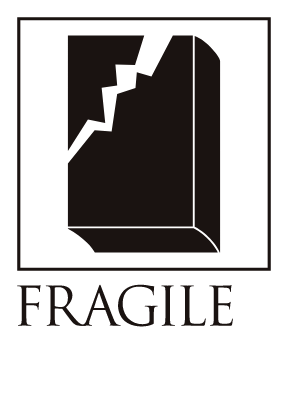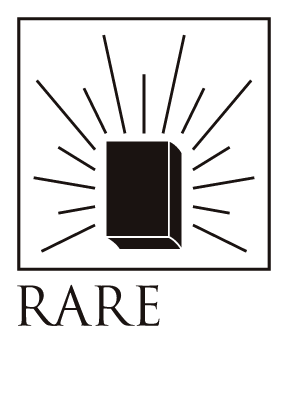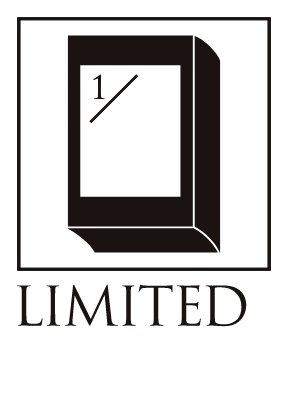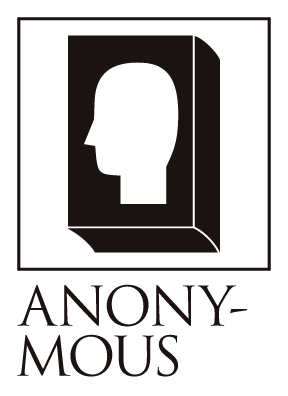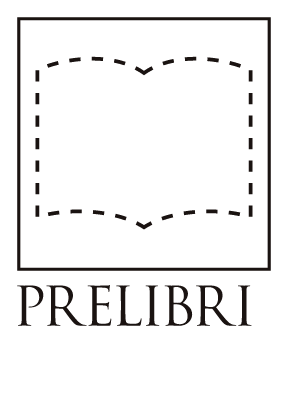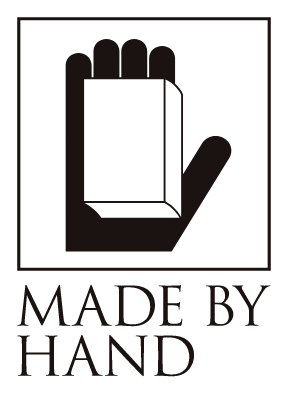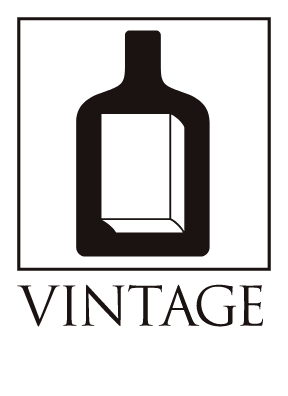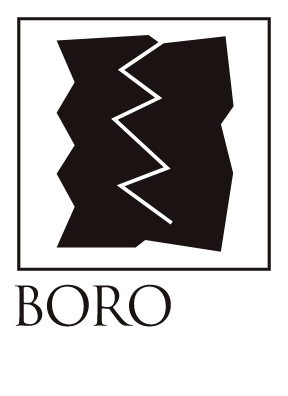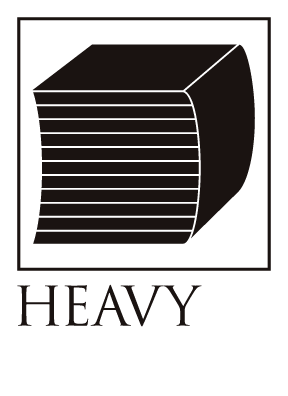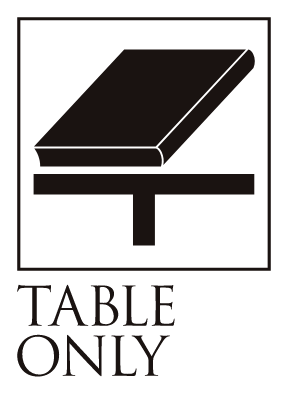MENUS
Bibliographic Details
- Title
- MENUS (Private Press)
- Author
- Anonymous / アノニマス
- Designer
- Anonymous / アノニマス
- Publisher
- Private Press / 私家本
- Year
- 1906-1911
- Size
- H240 × w145 × d50mm
- Weight
- 1000g
- Pages
- 212 pages
- Language
- French / フランス語
- Binding
- Relieur Binding / ルリユール製本
100 years ago in Paris
Night after night,
Dinner menu.
This is a record of 212 banquet menus hosted by public institutions at official residences, embassies, luxury hotels, and other places in Paris over a six-year period from 1906 to 1911 (which corresponds to the 39th year of the Meiji era and the 44th year of the Meiji era). Each menu was typed onto a single sheet of paper and left in a hardbound book. In addition to the date, many of the menus also include the name of the organizer and the name of the venue, and the wine list is also included without exception, making it likely that those who come into possession of the book in the future will be able to view it as a source of information not only on culinary history, but also on diplomacy and the experiences of Japanese people abroad.
The following handwritten inscriptions are permitted on the door:
"From 1906 to 1911 / Collection of banquet menus during stay in Paris / (Presidential evening party, Ministry of Foreign Affairs and embassies of various countries invited) / Presented to Mr. Oda for reference / April 19, 1955 (/ is a line break, ● is indecipherable)"
From this inscription, it appears to be a record left by a Japanese person who was actually invited to a banquet in France. Details will be given later, but judging from the host of the banquet and the location, it is believed that the former owner of this book was not just a civilian, but a public figure of some rank. What kind of person was he? It is clear that the biggest clue lies in the English signature that accompanies the sentence inscribed on the door, but the signature is so beautifully written that it is impossible to decipher. No matter how many times I look at it, I cannot figure it out. It is truly frustrating, as this information would have been much more interesting if I could have understood it. But let's leave aside the fact that this is where the writer of this article's limitations lie.
As for the nature of the banquets written on the menu, the most common are dinners hosted by the President of the French Republic and luncheons at the Elysée Palace, the presidential residence. Others include a welcome luncheon for Prince Ichijo hosted by the Society of Japan in Paris, a dinner for the French Ministry of the Interior, a dinner hosted by the American Embassy, a dinner for the King of Belgium, a luncheon for Prince Fushimi of the French National School of the Army and Navy, and the monthly luncheon of the Asian Meeting. Just listing the words that can be found, there is a never-ending stream of glittering proper nouns, such as the French Ministry of Agriculture, Ministry of Industry, and Ministry of the Navy, Japan's Prince Nashimoto and Prince Komatsu, and luxury Parisian hotels Le Meurice, Hotel Continental, and Hotel Majestic Paris, all of which suggest the position of the former owners when they were in France.
As for the menu, perhaps because most of the meals were for official banquets, most dinners were full-course meals that were truly "French!", starting with a soup such as consommé or various potages, followed by an appetizer (sometimes cold or hot), a fish dish, a palate cleanser such as sorbet, a meat dish, garnishes, a pre-dessert, dessert, and petit fours after the meal. Lunches were also served in bowls, which is far from modern sensibilities, and as a result, this single book is a treasure trove of menu names for French cuisine from that time.
To give you an example for each lunch and dinner:
Lunch on October 31, 1906 - Omelette with beef kidney, fillet steak with apples, roast chicken, foie gras pate, salad, praline ice cream, fruit, dessert. This is a typical lunch. For the lunch for Prince Ichijo, hors d'oeuvres and fish dishes were added, as well as wines (Médoc and Saint-Emilion) and champagne.
On July 6, 1911, just before the former owner returned home, dinner was held at the Hotel Majestic, which is believed to have been a farewell party. It included amuse-bouche, chicken or turtle soup, rice dish, a surprising dish of white chicken, Polish-style asparagus, sorbet, skewered grilled Baron de Pauillac (?!), apple fondant, English-style green peas, a high-class duck dish from Rouen, Mikado salad, oven-roasted eggplant, peach ice cream, petit fours, and fruit. Even if the garnishes are included in the dish names, the total number of dishes exceeds 10. There were four types of wine, including an 1893 Chateau Margaux.
What's interesting is that some dishes use ingredients that are no longer considered food ingredients, and some have names that are so poetic that even if you translate them literally you can't imagine what they mean. In the case of the dinner mentioned above, "Turtle Soup" is a prime example of the former, and "Baron de Pauillac's Grilled Skewers" is a prime example of the latter, so it seems like it would be difficult to follow with your imagination. The portions of lunch were also incomparably heavier than they are now, and while the people who ate them didn't change much in appearance, we can see that food culture and customs have changed quite drastically in just the last century.
In those days when passenger ships were the means of travel, the passengers' diet must have begun to westernize as soon as the ship left a Japanese port. However, looking at the ingredients, dishes, and number of dishes in this menu collection, we can see that the meals were much harder than those served on board. The change was drastic compared to the diet in Japan. If we try to calculate how often the former owner was invited to a banquet from this one volume, we find that he sat at the table 212 times during his stay in France for about 1,735 days from March 1906 to July 1911, which comes out to once every eight days. This means that he ate authentic French cuisine almost once a week, and in many cases, a full course meal. For Japanese people who ate rice and miso soup on a daily basis, it must have been like "eating hell" and our hearts and stomachs ache as we turn the pages of the menu.
Among the menu names mentioned earlier there was something called "Mikado Salad," but there were also other menu names that evoked Japan, such as desserts that mixed in Japanese nouns like Tokyo, Sada-yacco, and Fouji-Yama, and potage japonaise. It is highly likely that these dishes were not exactly Japanese cuisine, but they served as a clue for foreigners to imagine Japan, and for Japanese people they represented pride in their homeland, perhaps even providing a little relief from their nostalgia.
Text by Masago Sato
